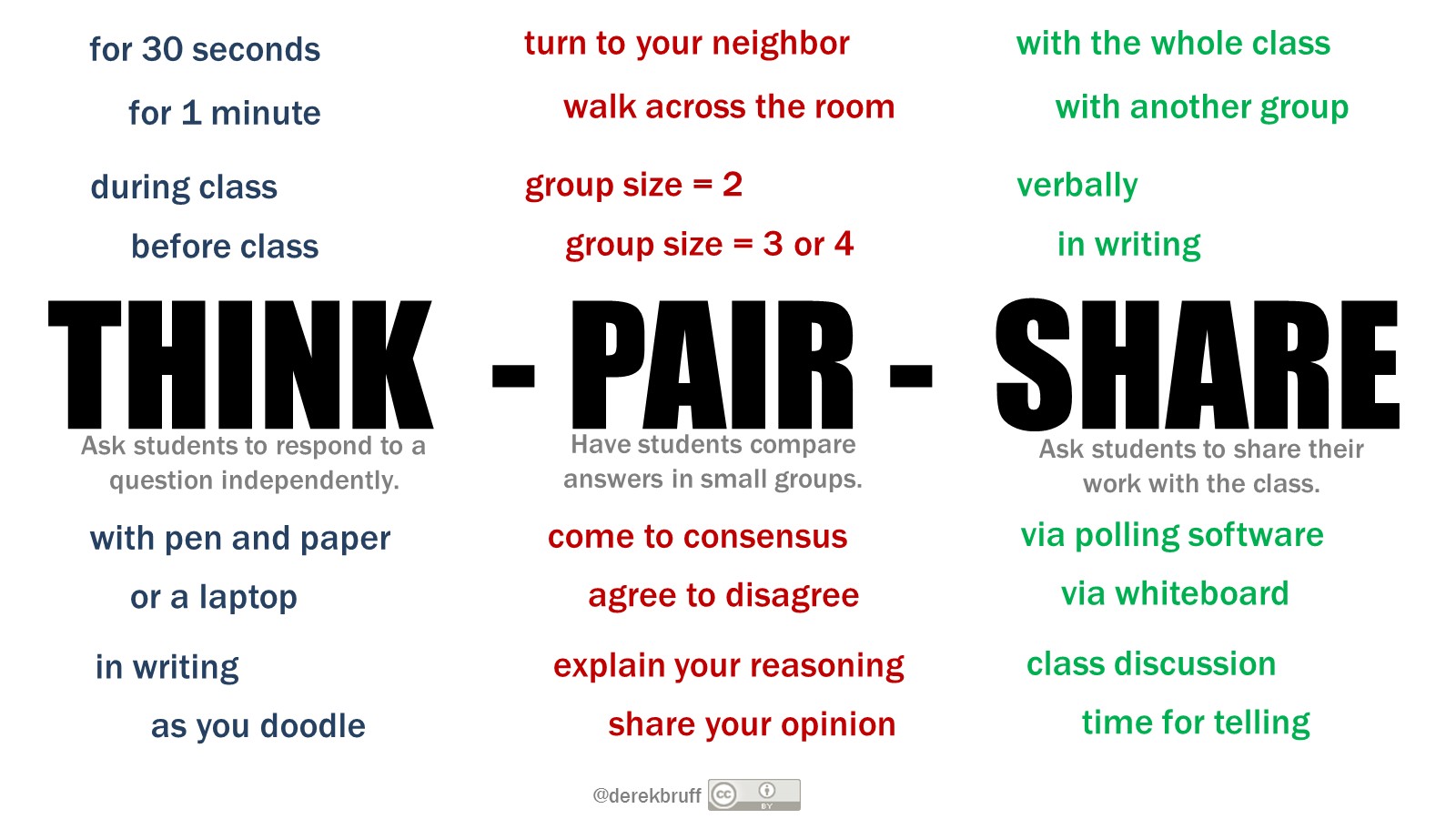Curriculum Resources
- History Education Program Templates (Unit Map & Lesson Plans) are located at: history.appstate.edu/historyeducation/hep-materials
- State Standards & Other History/Social Studies Resources can found on the 9-12 Social Studies page of the HEP website (and below)
- Lesson Cover Sheet for HIS 5450 is located here (save a copy, rename, and edit)
- Sample Cover Sheet on Chinese Exclusion Act
- Susan Elliott, Defining Heroes and Villains, Lesson Plan for AP Upper School Social Studies
- World History Standards and unpacking document
- American History and unpacking document
- Civic Literacy (Founding Principles of the United States of America and North Carolina) and unpacking document
- Economics and Personal Finance and unpacking document
- Strand Map Glossary of Instructional Terms
- Civic Literacy Crosswalk
Higher Ed
- ASU History Dept. Skills by Level
- AHA Historical Thinking Skills
- Historical Thinking Skills Chart (adapted from UCLA) [.pdf]
National K-12
- C3 Framework (All Social Studies Dimensions) [.pdf]
- C3 Framework (Dimension 2: History) [.pdf]
- Overview of C3 Framework for Social Studies
- Read more about the C3 Framework at AHA
- Inquiry Model (select)
- National Archives primary source analysis worksheet page
- Library of Congress (US) primary source analysis worksheet page
RESOURCES
- “How to Write a History Research Paper” from Carleton College is a basic primer on getting started with a major research paper.
- Writing a Good History Paper is a useful webpage from Hamilton College (NY), with a list of reasons why editors/advisors/professors leave negative comments on history papers and tangible steps to submitting an effective (senior) research paper. [.pdf version]
- Take time to browse the excellent and thorough guide entitled “Reading, Writing, and Researching for History” from Bowdoin University.
- Writing Resources from Harvard University offers links to many useful resources for historical writing.
CITATIONS
- Chicago Manual of Style (simply known as “Chicago style”) is the standard for the field of history. It is sometimes known as “Turabian style,” for University of Chicago dissertation guru Kate Turabian. All footnotes/endnotes and bibliography (or works cited page) must adhere to Chicago style according to the type of source you are citing, and following the conventions for the notes & bibliography system.
RESOURCES
- NC State’s Department of History has an old, a bit dry, but excellent “Step-By-Step Guide” on how to get started with historical research. We will refer to this page on a frequent basis.
- A similar webpage comes from the Massachusetts College of Liberal Arts course on Historical Methods & Literacy.
- Although somewhat focused on environmental history, the personal website of historian William Cronon offers a nice introduction to historical research, guiding students from the initial research question-stage to working with specific sources (photographs, maps, interviews, etc.).
- Make sure to explore the various menu items (located on the left) on the “Introduction to Historical Research” webpage of the University of Wisconsin-Madison Libraries.

